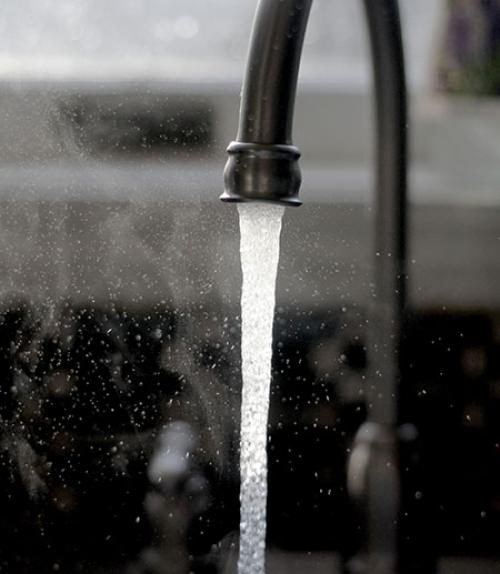This is an episode from the “What Makes Us Human?” podcast's fourth season, "What Does Water Mean for Us Humans?" from Cornell University’s College of Arts & Sciences, showcasing the newest thinking from across the disciplines about the relationship between humans and love. Featuring audio essays written and recorded by Cornell faculty, the series releases a new episode each Tuesday through the spring semester.
In the United States, most of us don’t give much thought to our ready access to safe drinking water, and we probably take for granted the many nice rivers and streams we use for recreation. Maybe we realize that access to safe and clean drinking water is a privilege for the wealthy in poorer countries, but we think of that as happening in places far away.
So we are shocked by the periodic news stories about water quality problems in the U.S. We are surprised by the pictures from Flint Michigan of young families and the elderly waiting in line for water to avoid unsafe levels of lead. We are disturbed to hear that the municipal drinking water supplies in the city of Toledo were completely shut down due to harmful algal blooms in Lake Erie. And we are saddened and frustrated by images of oil-encrusted water birds and mammals in the wake of the tragic Deepwater Horizon oil spill in the Gulf of Mexico. These stories highlight the importance of water quality even in our own daily lives.
But eliminating all pollutants in our water ways can be prohibitively expensive. Is this how government and personal budgets should be spent? How should we make choices about costly water quality treatment?
Economists can help answer these questions by clarifying and calculating how much it costs to clean up water pollutants both in direct financial outlays, but equally important, in terms of the additional human costs of polluted water. As an environmental economist, I work on developing estimates of the economic cost of water pollution while incorporating the many ways in which polluted water adversely affects people. I call this concept the social cost of water pollution.
Researchers like me try to consider all of the costs that are imposed on people from pollution. This can include our aesthetic enjoyment of waterways, as well as the health effects of unsafe drinking water. In some cases, market prices and costs of production can provide information, such as how much it costs to treat water to make it safe for drinking. But often the human factor in the social cost of water pollution is difficult to pin down. For example, how can we assign a cost to our loss of pleasure around a polluted lake or stream?
Our research indicates that many people would be willing to pay to improve polluted water if that water is their only recreational choice. What they are “willing to pay” is effectively the cost imposed by pollution. One of the ways we determine this cost is by looking at the choices people make about where to travel for recreation. We commonly find that many people will drive further, and thus spend more money and their valuable time, to access locations with better water quality. From such information, we can figure out the level of the typical consumer’s willingness to pay for cleaner water. Likewise, we can learn about the value people place on improved water quality by observing how much more they are willing to pay for a home or vacation property near a cleaner lake.
It’s not easy to place specific values on the damage from pollution. However, working to develop ways to measure the social cost of water pollution will help policy makers determine how best to commit our resources to environmental protection.




